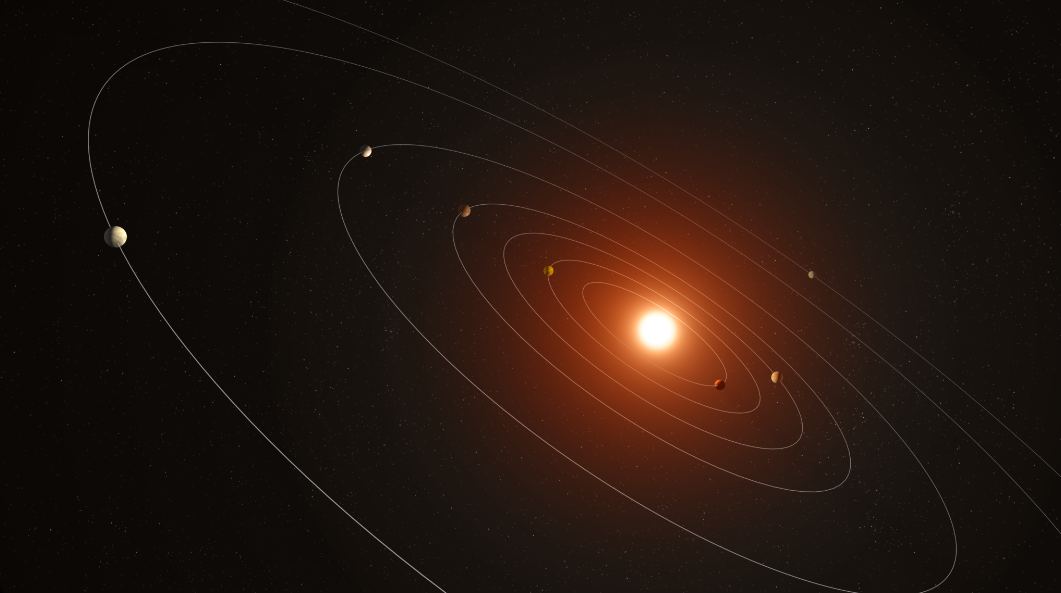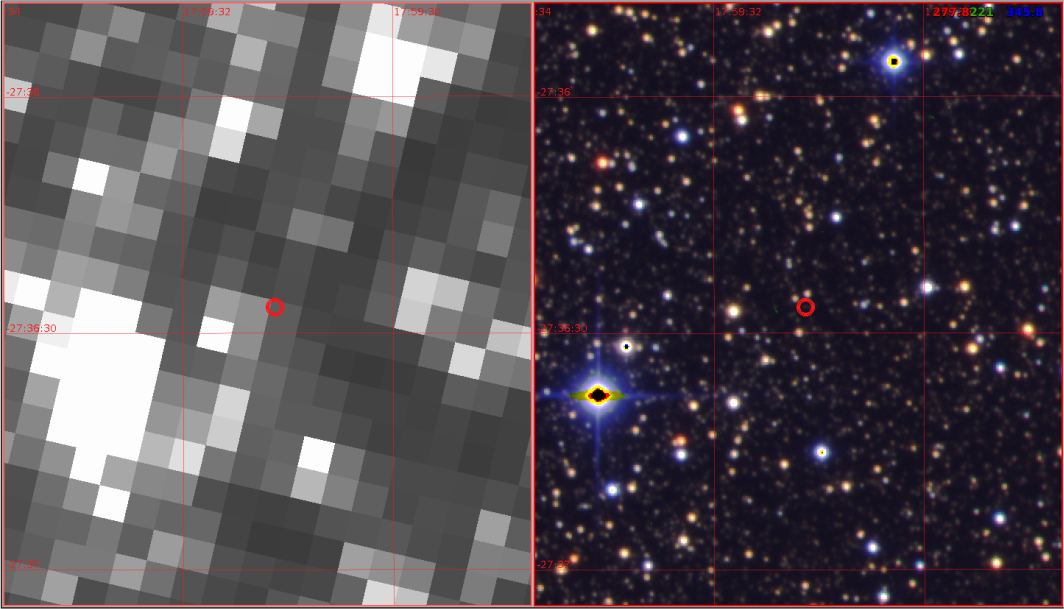Today, the number of confirmed exoplanets stands at 5,197 in 3,888 planetary systems, with another 8,992 candidates awaiting confirmation. The majority have been particularly massive planets, ranging from Jupiter and Neptune-sized gas giants, which have radii about 2.5 times that of Earth. Another statistically significant population has been rocky planets that measure about 1.4 Earth radii (aka. “Super-Earths”). This presents a mystery to astronomers, especially where the exoplanets discovered by the venerable Kepler Space Telescope are concerned.
Of the more than 2,600 planets Kepler discovered, there’s an apparent rarity of exoplanets with a radius of about 1.8 times that of Earth – which they refer to as the “radius valley.” A second mystery, known as “peas in a pod,” refers to neighboring planets of similar size found in hundreds of planetary systems with harmonious orbits. In a study led by the Cycles of Life-Essential Volatile Elements in Rocky Planets (CLEVER) project at Rice University, an international team of astrophysicists provide a new model that accounts for the interplay of forces acting on newborn planets that could explain these two mysteries.
Continue reading “The Case of the “Missing Exoplanets””












